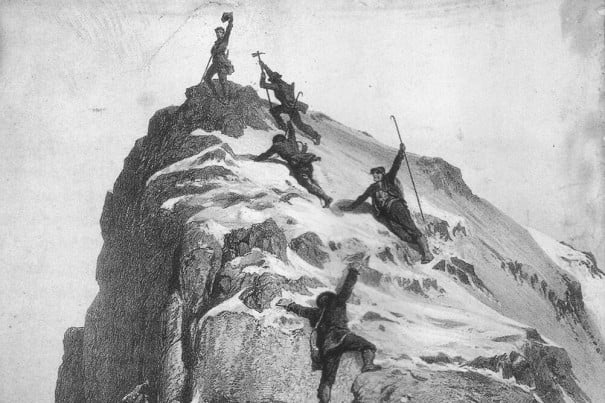
Literature Mountain Literature Classics: Scrambles Amongst the Alps by Edward Whymper
The engravings may be better than the writing, but with its blend of triumph and tragedy, the story of Whymper's five-year campaign for the first ascent of the Matterhorn is one of mountain climbing's defining narratives, says Ronald Turnbull.

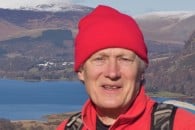

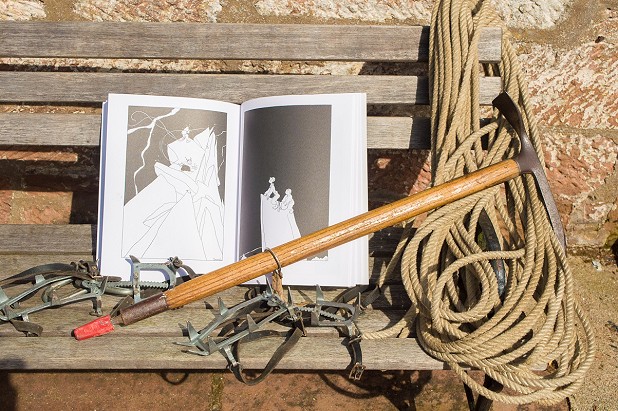
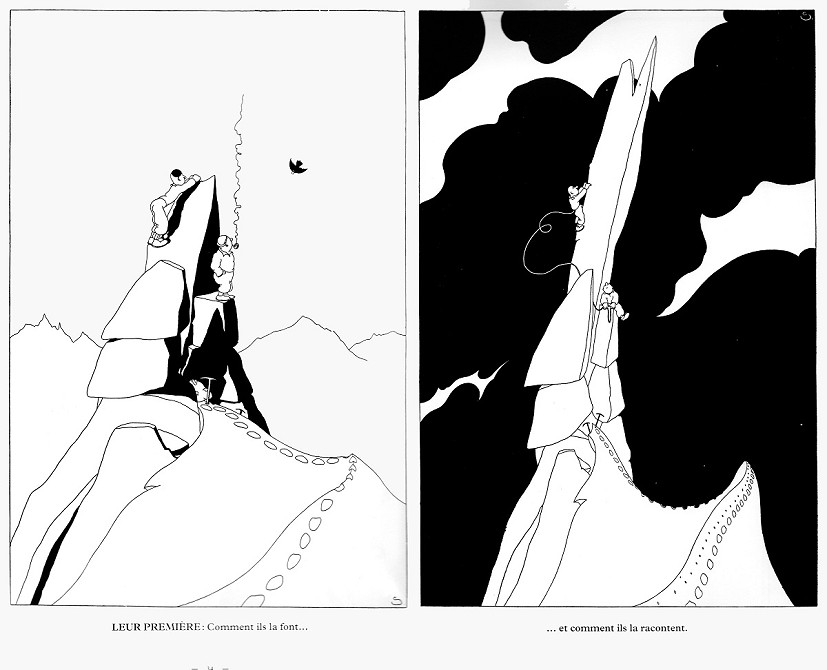

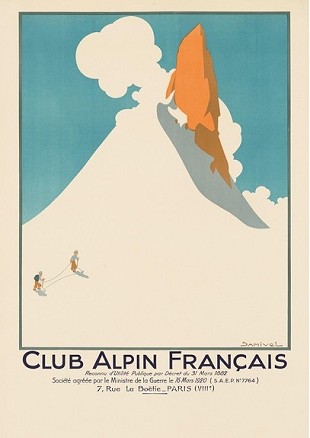
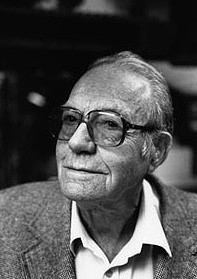
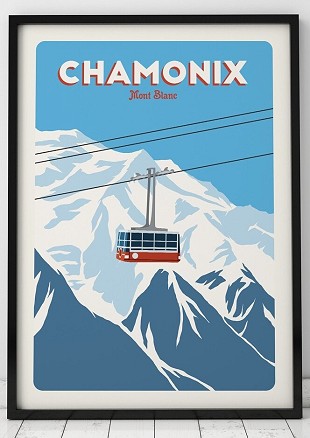
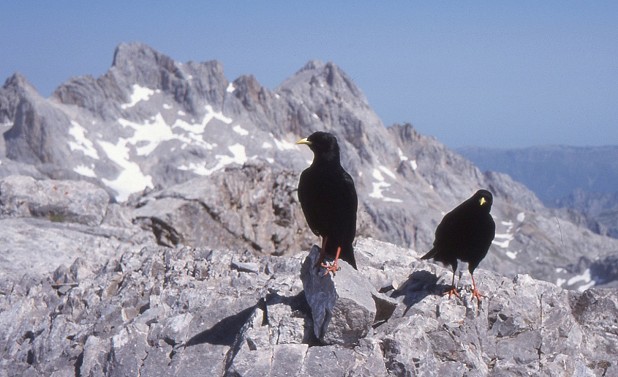

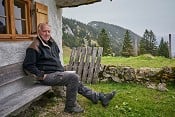
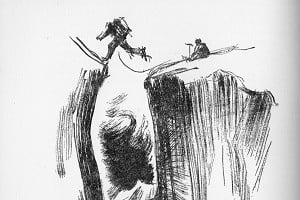

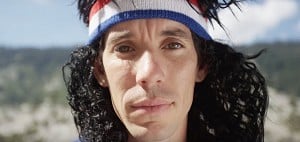

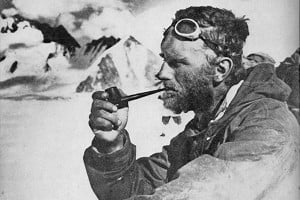

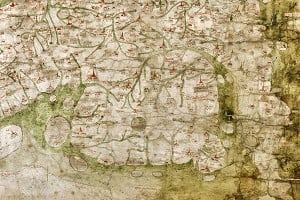
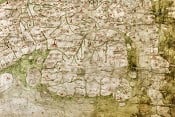

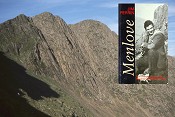
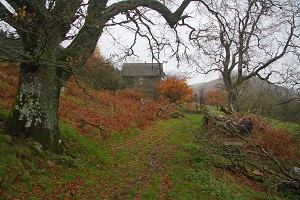
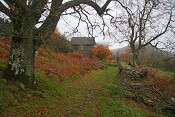
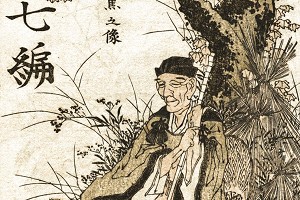
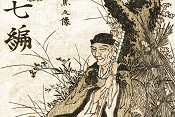
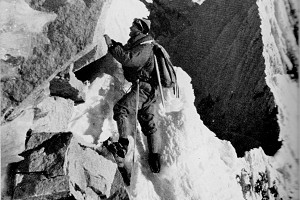
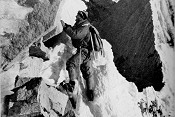
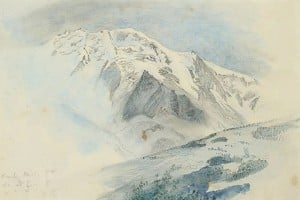
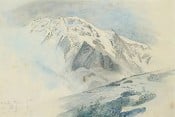
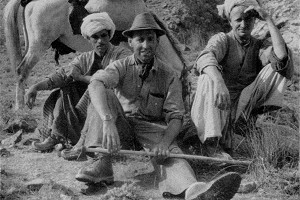
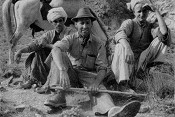
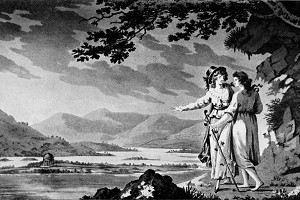
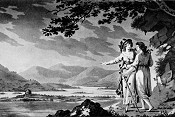
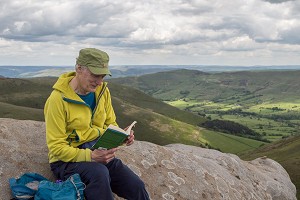
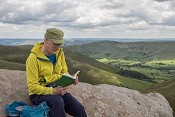
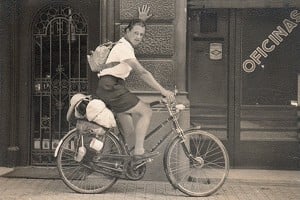
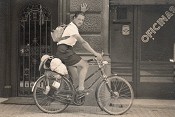
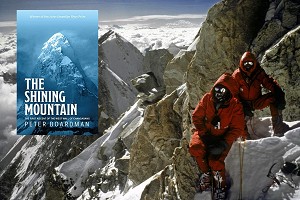


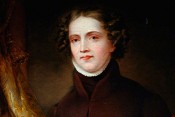

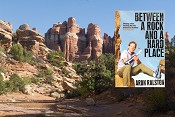
Comments
Good to see Samivel in a non-French 'publication', in many ways ahead of his time on issues such as conservation, I find his cartoons & posters timeless. Have any of his books been translated into English ?
Have always loved his work. Thank you!
Mick
Astounding article! I'll be researching Samivel, this is the first I've heard of him and it looks iconic stuff!
Indeed Doug. So ahead of his time. When the hordes descended (ascended?) on the mountains of North Wales after the lockdown, the Samivel cartoons immediately sprang to mind .
I didn't find any English version. But the captions are short, and all the words are ones you'll find useful in the hut. The one show in the article, sorry the caption got lost, it's "How they did it... and how they talked about it afterwards".